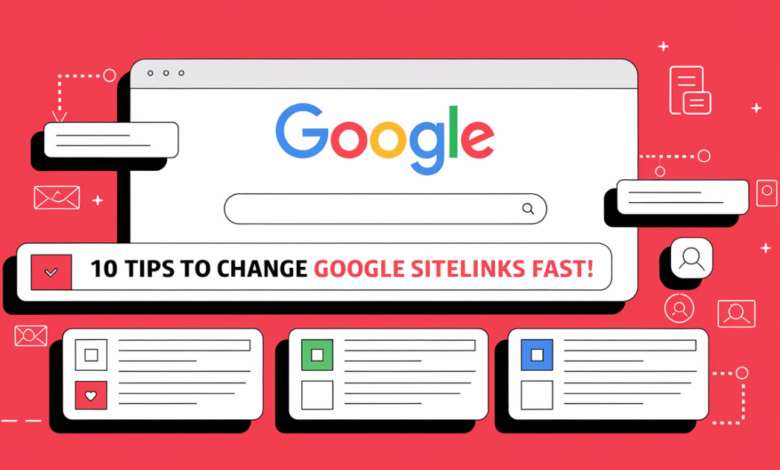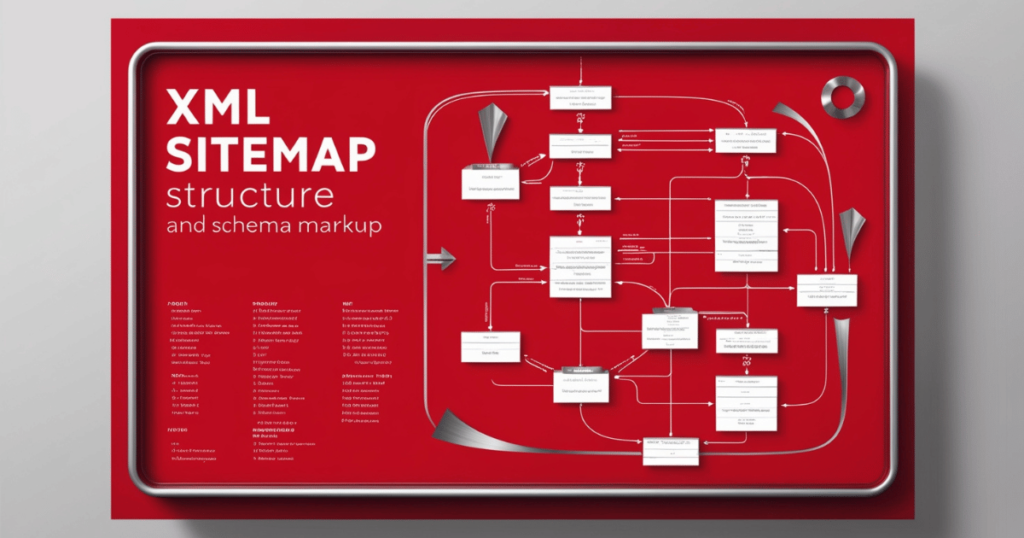
Google Sitelinks are invaluable tools that directly impact how users interact with search results. As automated links placed under primary search results, they enhance a website’s navigation, helping users reach key pages on your site. However, Google does not allow direct selection of these Sitelinks. Instead, there are strategic ways to influence them, ultimately helping you change Sitelinks in Google direct search to align with the user’s intent and business goals.
This guide covers how to change Sitelinks in Google direct search effectively, ensuring only the most relevant pages are highlighted. Additionally, we address methods on how to remove unwanted Sitelinks if certain links appear that may not align with your brand’s goals.
Understanding Google Sitelinks
What Are Google Sitelinks?
Google Sitelinks are supplementary links shown below the main result in Google Search. Typically, Sitelinks provide shortcuts to other key pages on your website, offering users quick access to important sections without returning to the homepage. Although they improve user experience, the wrong Sitelinks can lead to low-priority pages and confuse visitors.
Importance of Google Sitelinks in SEO
Sitelinks enhance user interaction, expand brand visibility, and occupy more space in search results, leading to higher click-through rates (CTR). They also encourage user retention by allowing access to the most useful and relevant content. Properly optimized Sitelinks can increase organic traffic and positively impact a site’s SEO score.
Steps to Change Sitelinks in Google Direct Search
Changing Sitelinks in Google is more about influencing Google’s algorithm rather than manually selecting links. By structuring your website and refining content, you guide Google to highlight preferred links as Sitelinks.
1. Optimize Website Structure for Google Crawling
A clear website hierarchy with well-defined categories and subcategories is fundamental to change Sitelinks in Google direct search.
- Use Logical Categories: Organize your content under clear categories to help Google understand your site’s main sections.
- Add Breadcrumbs: Breadcrumb navigation provides a contextual hierarchy, guiding users and search engines back to previous sections of the website.
2. Enhance Internal Links
Connecting high-value pages internally increases their chances of becoming Sitelinks.
- Link Important Pages Frequently: Pages that appear more frequently within internal links are more likely to be chosen by Google.
- Use Descriptive Anchor Text: Ensure anchor text on internal links is relevant to the destination page content, helping Google understand page context.
3. Improve Page Titles and Meta Descriptions
Page titles and meta descriptions that accurately reflect the page content help Google identify priority pages. Make titles concise, descriptive, and keyword-focused.
- Include Primary Keywords: Titles with the focus keyword “change Sitelinks in Google direct search” are more likely to attract attention as primary links.
- Optimize Meta Descriptions: Ensure each page has a relevant meta description that clearly describes its content.
Advanced Techniques to Influence Sitelinks Selection
1. Use XML Sitemaps to Guide Google’s Crawl Path

An XML Sitemap lists all relevant pages on your site, guiding Google to the ones you want highlighted.
- Submit Updated Sitemaps: Update and resubmit your XML Sitemap in Google Search Console to inform Google of page relevance and changes.
- Limit Low-Priority Pages: Exclude unnecessary pages from your XML Sitemap to avoid them appearing as Sitelinks.
2. Implement Schema Markup
Schema Markup helps search engines understand your content better, allowing you to change Sitelinks in Google direct search more effectively.
- Add Breadcrumb Schema: A breadcrumb schema provides clear, hierarchical data, assisting Google in selecting the most appropriate Sitelinks.
3. Create a Logical URL Structure
URLs that follow a logical and consistent format support Google’s understanding of your website hierarchy, aiding in how to remove unwanted Sitelinks from appearing.
How to Remove Unwanted Sitelinks from Google Search
1. Exclude Pages with “Noindex” Tags
If there are specific pages you don’t want to appear as Sitelinks, apply a “noindex” tag to prevent them from being included in search results.
2. Limit Internal Links to Unwanted Pages
Reducing internal links to unwanted pages can diminish their priority in Google’s view, decreasing the chance of them appearing as Sitelinks.
3. Remove Unwanted Pages from XML Sitemaps
By excluding non-essential pages from XML Sitemaps, you prevent Google from indexing them as potential Sitelinks.
Read More :
How Many Words Should H2 Headings Be for Optimal SEO?
Best Practices for Long-Term Sitelinks Control
1. Regularly Monitor Google Search Console
Google Search Console provides insights into which pages are displayed as Sitelinks, allowing you to adjust your strategy based on performance metrics. Regular monitoring is essential for improving and retaining relevant Sitelinks.
2. Update Content Consistently
Frequent content updates ensure your website remains relevant to Google’s indexing, increasing the chances that preferred pages will be displayed as Sitelinks.
3. Use Analytics to Track User Interaction with Sitelinks
Analyze which Sitelinks are clicked most often and adapt your optimization strategy to increase engagement. Sitelinks that align with user behavior provide Google with a stronger signal of relevance.
Conclusion
Implementing strategic methods to change Sitelinks in Google direct search requires a holistic approach involving structured content, internal linking, and schema optimization. By applying these steps, you influence Google’s Sitelinks selection, guiding users directly to your most valuable pages and reducing unwanted Sitelinks.
Enhanced Sitelinks offer a streamlined navigation experience, increasing user retention, and supporting a positive SEO outcome.



